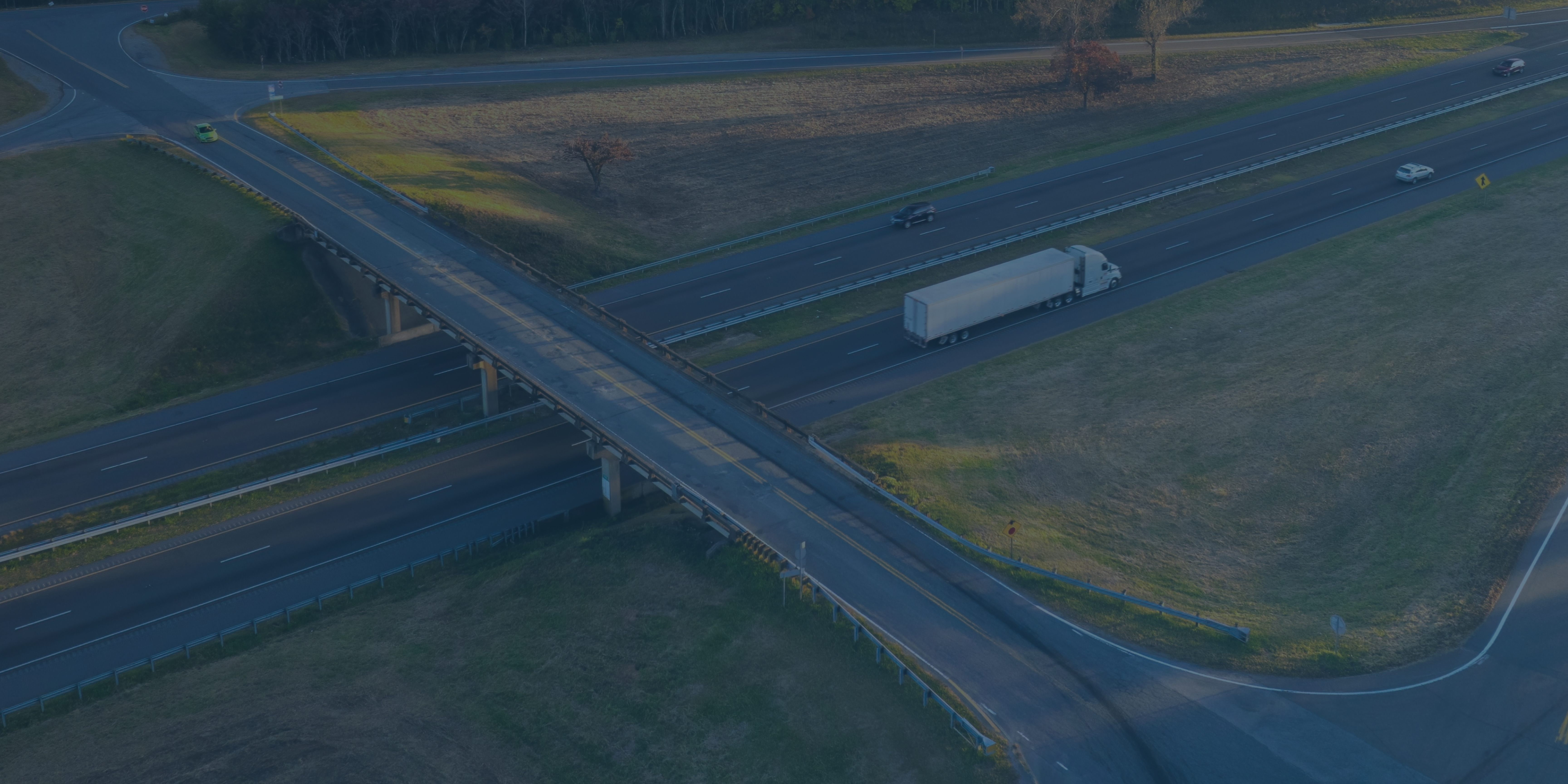4 Ways Commercial Auto Carriers Can Help Policyholders Address Hired and Non-Owned Auto Liability

For years, commercial auto carriers have struggled with deteriorating combined ratios. Inadequate rates, increases in claims and social inflation have created the perfect storm. These factors have led to an alarming uptick in the cost to insure in the commercial auto space – ultimately shrinking carriers’ profitability year after year. And with increasingly challenging economic factors, more policyholders are looking to offset rising operational costs by transitioning to hired and non-owned auto fleets or relying on “reimbursable” drivers using their personal insurance coverage. This actually puts the policyholder, and the insurer, at greater risk of hired and non-owned auto liability.
What Risks Does Hired and Non-Owned Auto Liability Pose to Carriers?
There are millions of drivers using their own vehicle, or a rental car, to meet with customers, travel to a patient, visit offices or job sites, run errands for their employer or do part-time work. These hired and non-owned auto drivers represent one of the most unmonitored high-risk groups for businesses today.
Companies that rely on hired and non-owned drivers may erroneously assume that an employee’s own insurance coverage will protect the company from on-the-job crashes. The reality is, if an employee involved in a crash has a lapse in insurance coverage or is underinsured for their policy, the employer and the insurer are still on the hook. If a major crash involves a DUI or worse, litigation most likely will lead back to the employer – and to the commercial insurer.
Hired and non-owned auto liability poses a huge financial risk for insurance carriers, as commercial auto sees rewards and settlements that regularly surpass $10 million. The auto insurance space has been particularly impacted by social inflation, where insurers’ claim costs have risen above general economic inflation. In 2019, the number of U.S. verdicts resulting in $20 million or more was up more than 300% from the annual average from 2001 to 2010. With this in mind, carriers need to be proactive in ensuring their policyholders have a good handle on their companies’ driving behaviors.
Download Our Free White Paper:
Why Carriers Must Ensure Their Customers Are Monitoring Hired and Non-Owned Drivers
How Can Carriers Help Policyholders Address This Liability?
With so many employees using vehicles, maintaining and enforcing safety is a 24/7, 365-day effort. Regardless of the industry your policyholders are in, chances are they have someone that could be considered hired and non-owned. So how do you ensure that your policyholders are protecting themselves and their hired and non-owned auto drivers?
Below are four proactive steps that commercial auto carriers can take to ensure their policyholders are mitigating risk throughout their ENTIRE driver population – to effectively reduce loss costs and improve combined ratios.
1. Require their safety policy to include hired and non-owned auto.
Include stipulations around who should be driving for work, Additionally, signed agreements outlining that all employees are aware of and understand the safety policy put forth are integral for each company’s protection.
2. Ensure policyholders know who’s behind the wheel.
Your policyholders must know who is driving for them by having insight into their full driver history. It’s important to ensure that all drivers are screened and run against an acceptability matrix outlining what incidents employers will and will not accept – long before they ever get behind the wheel.
3. Strongly encourage policyholders to enroll all drivers in continuous MVR monitoring.
Recommending or mandating continuous MVR monitoring is an invaluable strategy for carriers to implement considering the benefits for both them and their policyholders. Pulling MVRs at hire or annually is simply not enough and leaves companies and carriers at risk of a major visibility gap. The visibility gap is the time between an annual or at-hire MVR pull where the riskiest drivers remain undiscovered, exposing your policyholders to immense potential liability. By enrolling drivers in continuous MVR monitoring, policyholders are alerted of violations ASAP, empowering them to immediately take action – whether disqualifying the driver, enrolling them in necessary training or moving low-performing employees into a non-driving role.
4. Recommend policyholders take risk mitigation to the next level with driver training.
The shortest distance between knowing about driver risk and fixing it is by assigning remedial driver training. This helps protect companies by ensuring they’re demonstrating institutional control after an incident. And training can be used for more than remediation efforts – policyholders that incorporate frequent, ongoing training and assign courses monthly have half as many violations as fleets that train twice a year.
Download our white paper to learn more about the myths and statistics surrounding hired and non-owned auto liability, as well as strategies your policyholders can implement to mitigate it.



